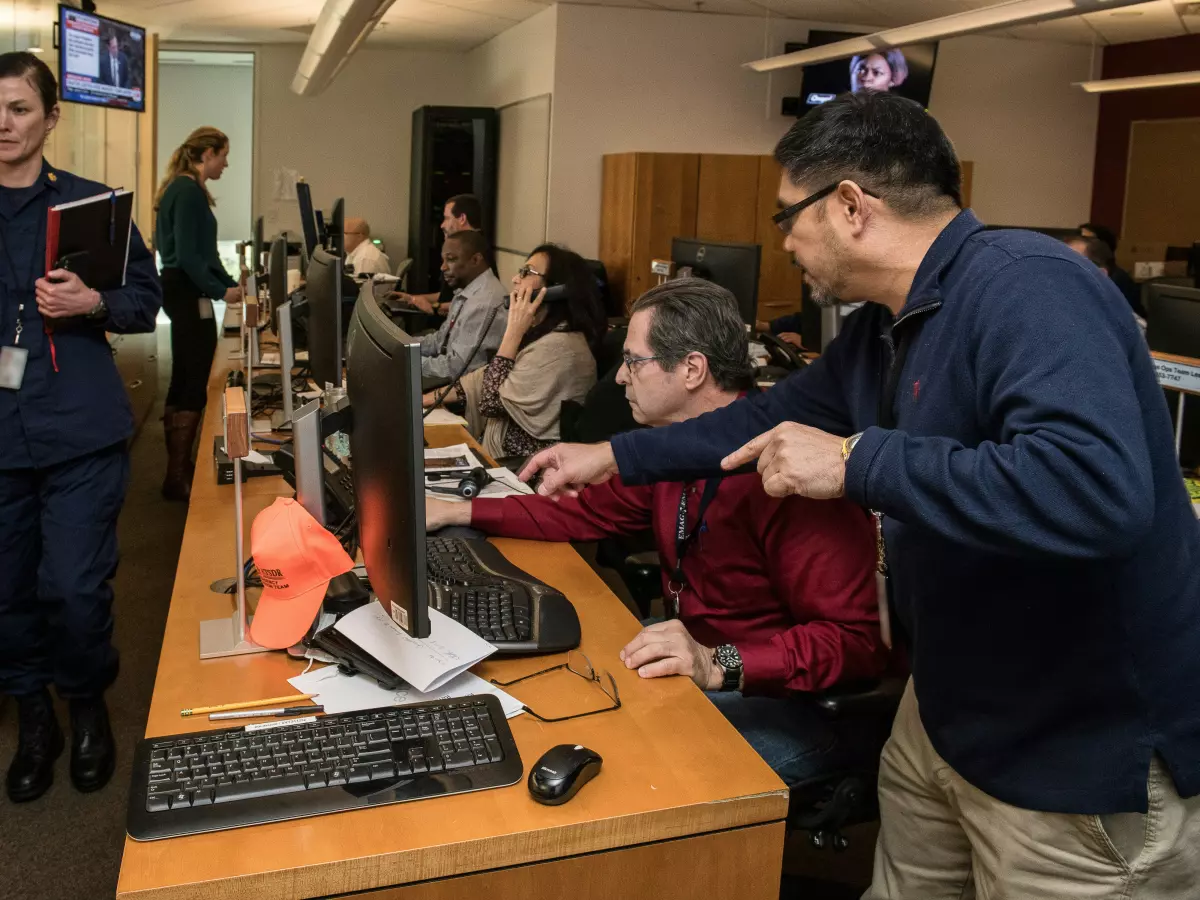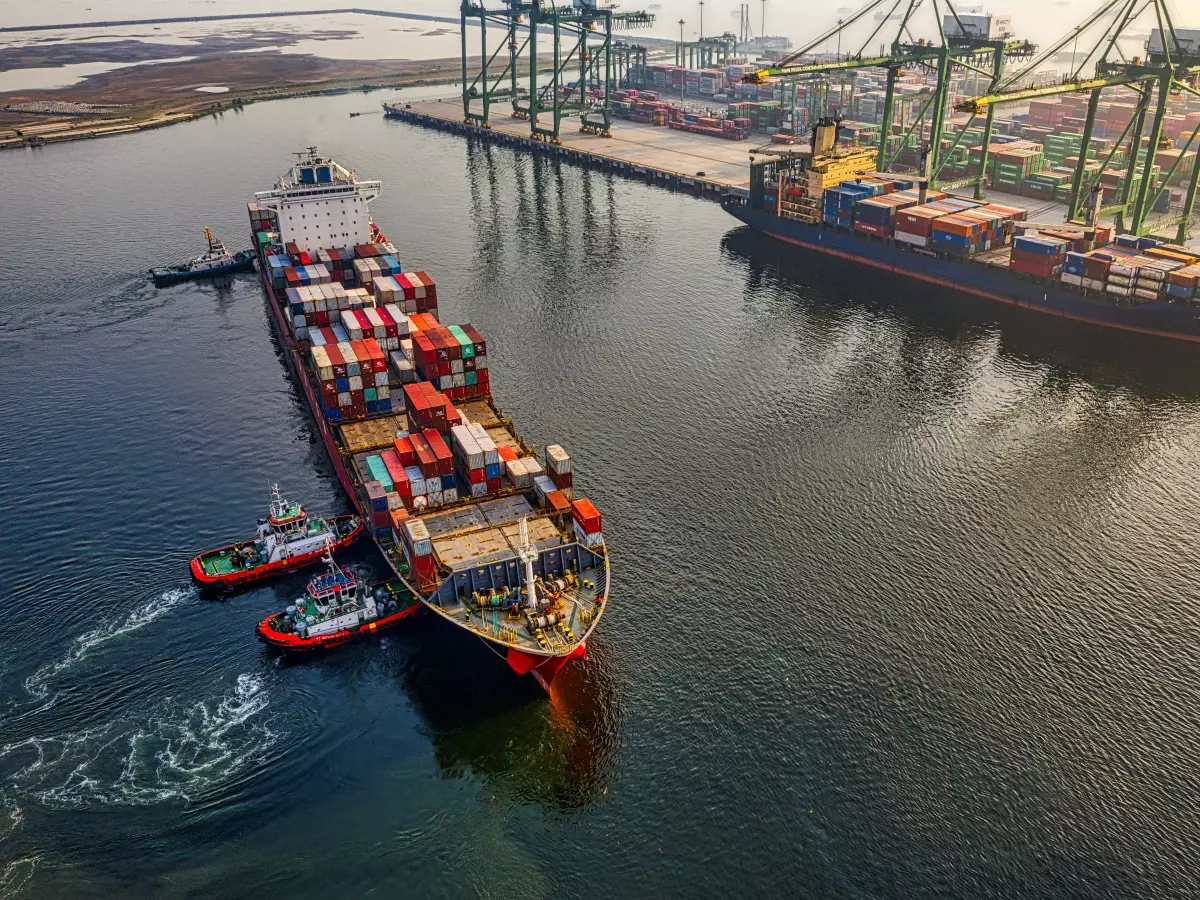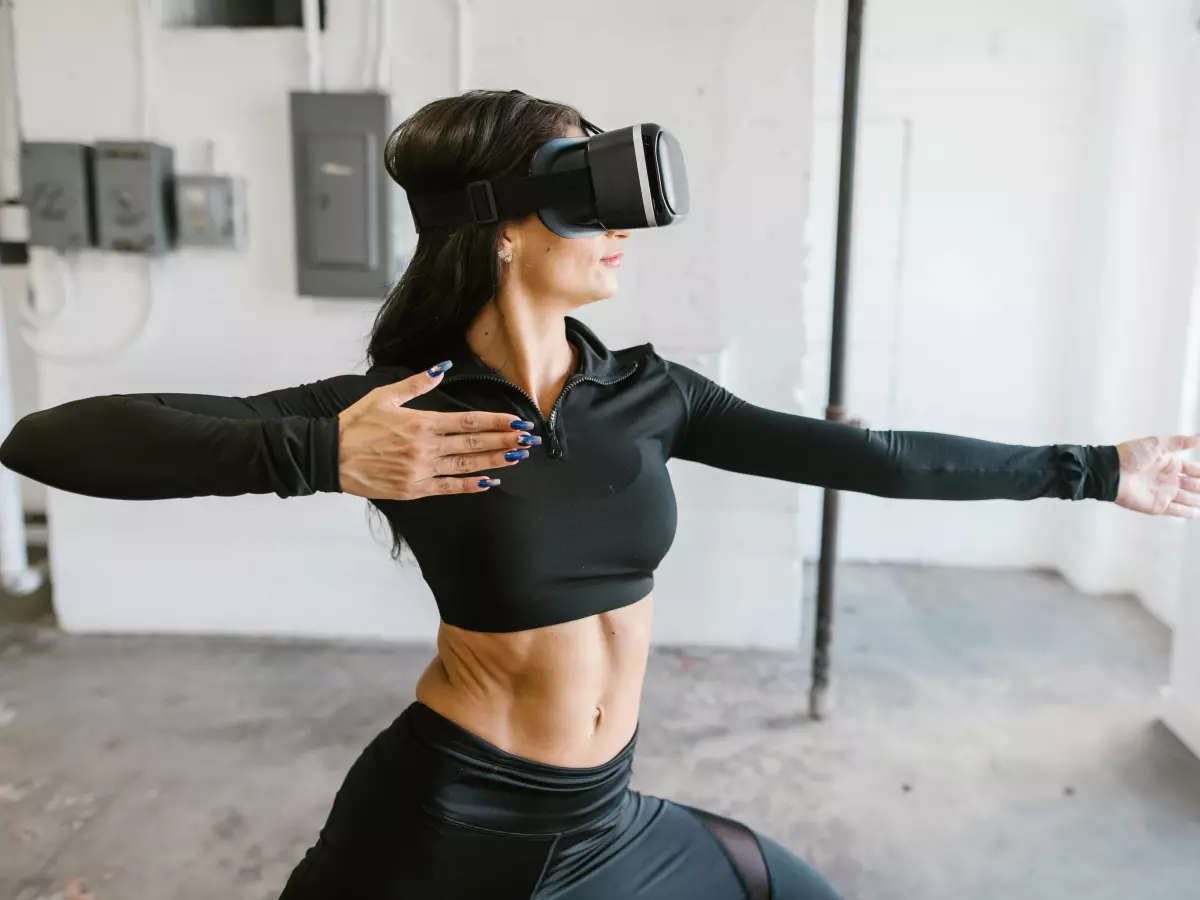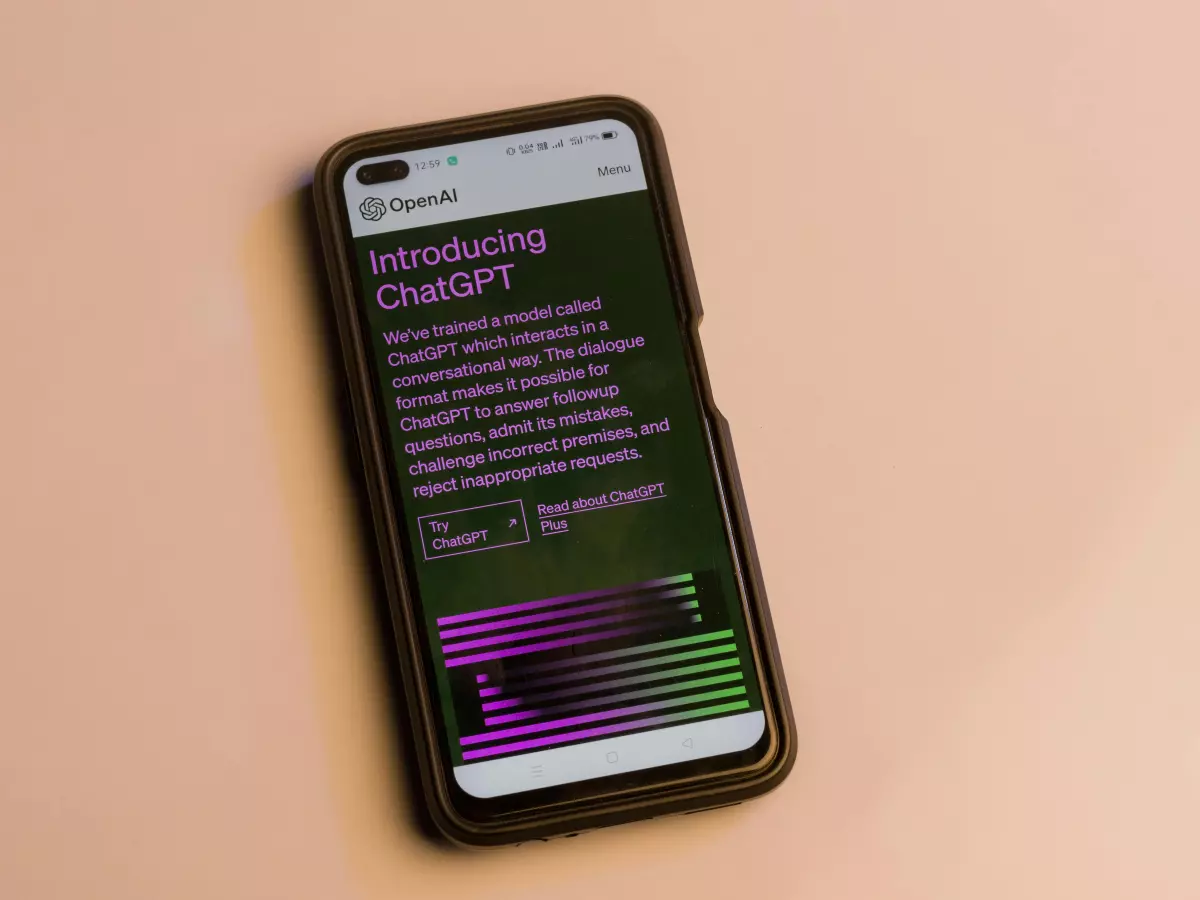Seeing Isn't Believing
We’ve all heard it: “Seeing is believing.” But in the age of AI, that old saying might be heading for the digital dustbin.

By Liam O'Connor
Imagine this: You’re scrolling through your social feed, and there it is—a video of your favorite celebrity doing something outrageous. Maybe they’re endorsing a product, or worse, making a controversial statement. You pause, shocked, wondering how this could be real. Spoiler alert: It’s probably not. Welcome to the future of deepfake videos, where the line between reality and fiction is so blurred that even your eyes can’t be trusted.
Thanks to Meta’s new AI system, “Movie Gen,” that future is closer than you think. According to Ars Technica, this AI can generate realistic videos from just a single photo. Yes, you read that right—a single photo. It’s not just about swapping faces anymore; we’re talking about full-blown video manipulation, where a static image can be transformed into a moving, talking, and seemingly real person. And the kicker? It’s getting easier and more accessible by the day.
The Rise of AI-Generated Chaos
Deepfakes aren’t exactly new. We’ve seen them before, from harmless (and often hilarious) face-swapping apps to more sinister uses, like political disinformation campaigns. But what sets Meta’s “Movie Gen” apart is its sheer power and simplicity. You no longer need a Hollywood-level budget or a team of special effects wizards to create a convincing fake. With just a photo and some AI magic, anyone can produce a video that looks disturbingly real.
And it’s not just Meta jumping on the deepfake bandwagon. AI-generated content is popping up everywhere, from TikTok to YouTube, and it’s only going to get more sophisticated. In fact, Mark Zuckerberg himself recently announced that Meta AI can now talk back to users in the voices of celebrities. So, not only can you watch a deepfake video of your favorite star, but you can also have a conversation with them. Creepy, right?
But here’s where things get tricky. As these technologies become more advanced, the ability to distinguish between real and fake content becomes nearly impossible for the average person. And that’s where the real danger lies.
The Consequences of a Deepfake World
Let’s fast forward a few years. Deepfakes have become so advanced that they’re indistinguishable from real videos. Politicians, celebrities, and even your friends are being deepfaked left and right. Scandals erupt, reputations are destroyed, and trust in media hits an all-time low. In this dystopian future, the truth is no longer something you can see with your own eyes—it’s something you have to verify through a complex web of fact-checking tools and AI detection systems.
Sound far-fetched? It’s not. We’re already seeing the early stages of this. In 2020, a deepfake video of Barack Obama went viral, showing the former president saying things he never actually said. And while that video was quickly debunked, it’s only a matter of time before deepfakes become so convincing that even experts struggle to tell the difference.
So, what happens next? Well, for starters, we’re going to need better tools to detect deepfakes. AI might be the problem, but it’s also part of the solution. Researchers are already developing AI systems that can analyze videos and identify subtle inconsistencies that give deepfakes away. But as deepfake technology improves, so too must our detection methods.
Can We Fight Back?
It’s not all doom and gloom, though. While the rise of deepfakes presents a serious challenge, it also opens up new opportunities for innovation. For example, blockchain technology could be used to verify the authenticity of videos, ensuring that what you’re watching is the real deal. Imagine a future where every video comes with a digital “stamp of approval” that proves it hasn’t been tampered with. It’s not as far off as you might think.
Then there’s the role of education. As deepfakes become more common, it’s crucial that we teach people how to critically evaluate the content they consume. Just like we’ve learned to spot phishing emails and fake news articles, we’ll need to develop new skills to identify deepfake videos. It won’t be easy, but it’s a necessary step if we want to preserve trust in the digital age.
And let’s not forget about the legal side of things. Governments around the world are already starting to crack down on deepfake creators, with some countries introducing laws that make it illegal to produce or distribute malicious deepfakes. But legislation alone won’t be enough. The tech industry will need to step up and take responsibility for the tools they’re creating. After all, with great power comes great responsibility, right?
The Future of Truth
So, where does that leave us? In a world where seeing is no longer believing, we’re going to have to rely on more than just our eyes to determine what’s real. AI will play a crucial role in both creating and combating deepfakes, and it’s up to us to ensure that the scales tip in favor of truth rather than deception.
As we move into this brave new world, one thing is clear: the battle for truth is just beginning. And while deepfakes may blur the lines between reality and fiction, they also force us to think more critically about the content we consume. In the end, it’s not just about trusting what we see—it’s about learning to question it.





